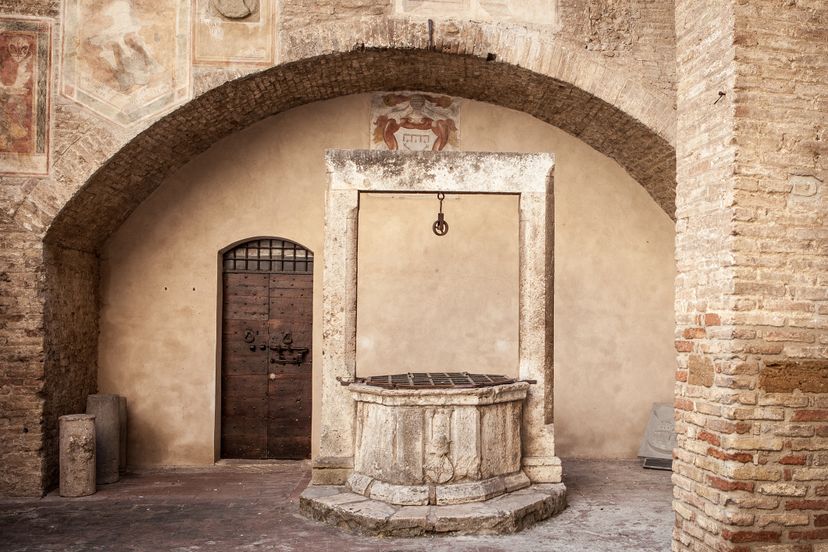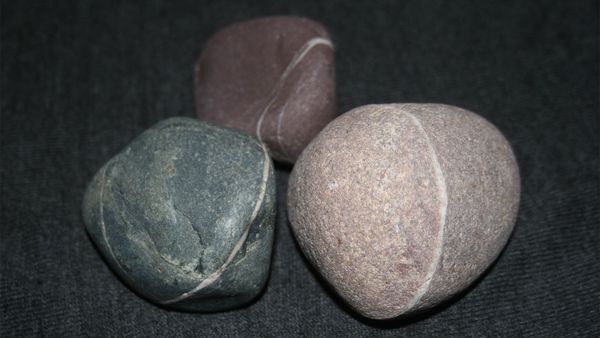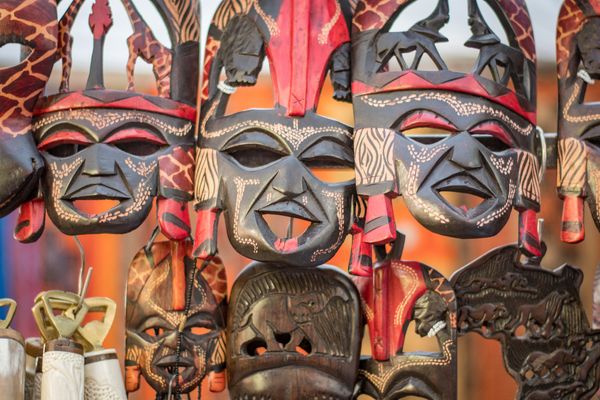Wishing wells can be found all around the world, each possessing its unique cultural significance. From European Wishing Wells to Japanese Shinto Shrines and Chinese Dragons. Wells, these structures are a testament to the enduring appeal of making wishes and seeking blessings in a room filled with cultural history.
In this section, we will explore some of the most famous and unique wishing wells from different countries and cultures, highlighting their history and significance. Notable examples of wishing wells from various cultures include the Frankfurt Wishing Wells in Germany, the Trevi Fountain in Rome, Italy, and the Fountains of Peterhof in St. Petersburg, Russia, among many others.
These wells serve as reminders of the rich cultural heritage and the universal human desire to make wishes, seek good fortune, and experience the taste of history, dating back to a significant historical date with a fresh perspective on our shared past.
European Wishing Wells
European Wishing Wells can be found throughout the United Kingdom, Ireland, and other parts of Europe. These wells are typically constructed from stone and feature a pool of water at the bottom, where people make wishes by throwing coins into the pool. With a history dating back to the Middle Ages, European wishing wells are often associated with good luck and fortune, and are seen as a way to make wishes come true.
One example of a European wishing well is the Frankfurt Wishing Wells in Germany. These wells, along with many others that can be found across Europe, continue to captivate the hearts and minds of people who visit, and serve as a reminder of the rich history and cultural traditions surrounding the practice of making wishes.
Wishing Wells in America
Wishing wells have been a part of American culture for centuries, often serving as a symbol of hope and good fortune. They can be found in various forms, from man-made wells in town squares and shopping malls to natural pools of water. These wishing wells hold a wide range of wishes, from general desires for happiness, wealth, and love, to more individualized requests, reflecting the diversity of the American people and their aspirations.
The significance of wishing wells in American culture extends beyond their role as a source of hope and optimism. They are also considered a means of connecting with the spiritual realm and establishing a bond with the divine. When making a wish at a wishing well, it is customary to make a donation or leave a small token of appreciation, as a way of expressing gratitude for the wish being granted.
Unique Wishing Wells from Other Cultures
Wishing wells can also be found in various forms in other cultures around the world. These unique structures often reflect the cultural beliefs and practices surrounding the act of making a wish. Some examples include:
- The Japanese tsukubai
- The Chinese jingzhe
- The Indian jal kund
- The African mbari
These culturally specific variations of the wishing well concept serve as absolutely fascinating examples of how different societies approach the idea of making a wish.
The decorations adorning these wishing wells often include symbols and images significant to the culture, such as animals, plants, and gods. Coins and other items believed to bring good fortune are also commonly used in the decorations. The significance of these wishing wells in their respective cultures is often linked to their ability to connect with the spiritual realm and to seek guidance or protection.
Through their unique designs and cultural significance, these wishing wells offer a fascinating glimpse into the diverse ways people around the world make wishes and seek good fortune.





